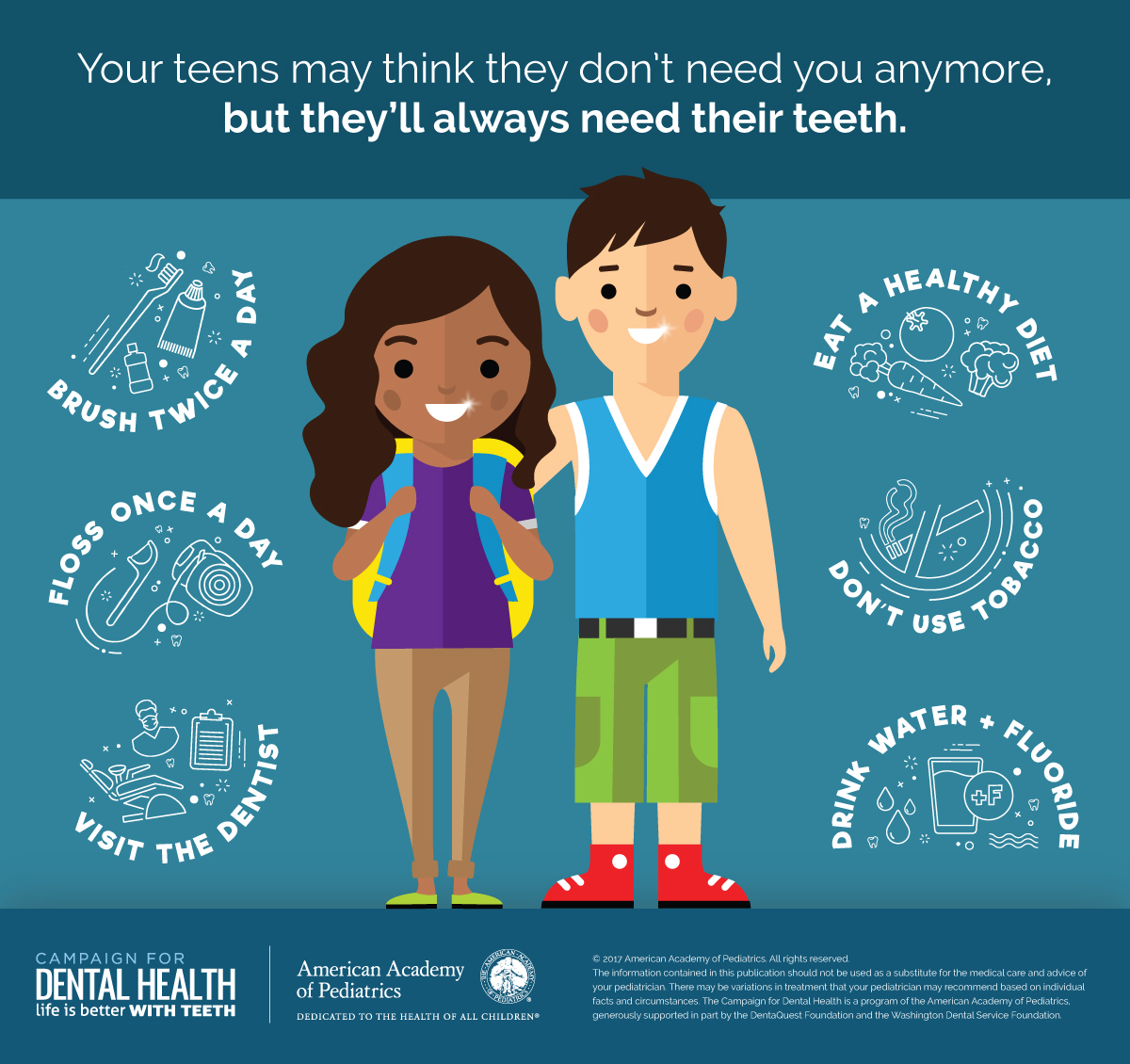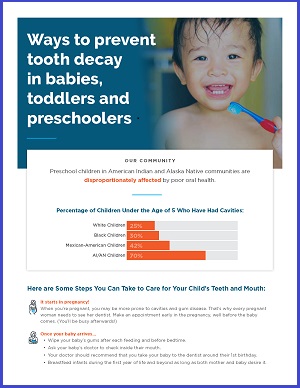
Founder of modern dentistry. Father of operative dentistry. The grand old man of dentistry. Greene Vardiman Black was born in 1836 and took an interest in medicine at age 17 but happened upon and settled into dentistry as a career interest when he was 21. After an apprenticeship that was typical of the time, he […]










